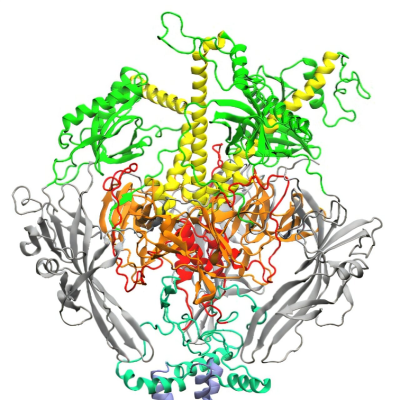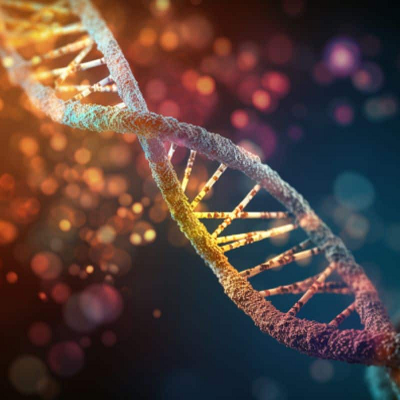As we age, so do our neurons—the conduits of our nervous system. Our neurons need high amounts of energy to transmit signals from the brain to the rest of the body. The energy capacity of our neurons slowly disintegrates after peaking in our 20s, leaving many of us victims of an array of neurodegenerative diseases, such as Parkinson’s disease, Lou Gehrig’s disease, amyotrophic lateral sclerosis (ALS), multiple sclerosis (MS)…the list goes on.
With the loss of neurons and their energy capacity comes muscle atrophy, neuronal misfiring, and tremendous morbidity and mortality. The average survival rate post-diagnosis for patients with ALS is between three to five years. With only two drugs currently approved for ALS treatment, this presents an incredible clinical gap to fill with novel technology in the neuroregenerative space.
The publicly-traded Clene Nanomedicine, hailing from Salt Lake City after making the long trek from its origin in Palo Alto, CA, has pioneered a novel platform for neuroreparative drug delivery. Their team of engineers and scientists achieved a completely novel application of the principles of material science, physics, and hydroelectric crystal chemistry by growing clean-surfaced metallic nanocrystals in water, using these concoctions to treat neurodegenerative diseases.
And this is only the beginning.
Clene’s proprietary metal nanocatalyst is called CNM-Au8: Clean-Surfaced Nanocrystal (CNM), and “Au,” the chemical symbol for gold.
CNM-Au8’s potential therapeutic activity was assessed in a recent paper published in Scientific Reports. This paper shows that CNM-Au8 stimulates and supports energy metabolic pathways in oligodendrocyte membranes, promoting remyelination of axons and recovery of behavioral functions in animal models of multiple sclerosis. The authors (partially composed of Clene Nanomedicine scientists and engineers) concluded in this study that clean-surfaced, faceted gold nanocrystals represent a novel remyelinating therapeutic for multiple sclerosis.
Presently, CNM-Au8 is being studied in multiple clinical trials, including two trials for the treatment of MS, a trial for treating Parkinson’s disease, and two trials for ALS treatment.
Preliminary results reported from these trials have shown its capacity to enhance key metabolic reactions and improve energy production in the neurons of the central nervous system. And with a small treatment regimen of 60 mL of CNM-Au8 once daily, the clinical applicability of the intervention seems very high. The company is looking toward an updated report of double-blinded Phase II trial results in the coming months.
With these promising preclinical and clinical trial results on-hand in the neuroreparative market, Clene is already looking toward expanding its technology into other areas of human disease treatment. They have begun production of a zinc-silver nanoparticle (for antiviral and antibacterial applications), a topical gel polymer suspension of silver and zinc ions (for wound healing and burn treatment), and a platinum-gold nanoparticle (for oncology applications).
Of course, the hesitation often cited concerning using metal particles in the body has been the potential toxicity of excess amounts circulating through tissues and organs. After nearly six years of bench testing and reengineering, the company got the particle size to a mere 13 nm—small enough to fit inside the cell’s mitochondria, the energy-producing unit. With a shelf life of at least 2.5 years, the nanoparticle concoction has “a pretty nice toxicology profile, as patients are only drinking nanocrystals of gold in water,” says Clene president and CEO Rob Etherington.
Current therapeutic solutions for ALS and MS effectively stabilize the disease but do not improve neurological function. Clene Nanomedicine hopes that adding CNM-Au8 to the established drug regimen may help achieve both stabilization and improvement to save and improve lives.
Notably, Clene’s proposed therapy is true to its company’s pseudonym. “There is no synthetic chemistry taking place in the 100 trillion (per serving) gold nanocrystals,” Etherington says. “There is evidence that this therapy is crossing the blood-brain barrier [after ingestion].”
Clene currently has a data readout of its Phase III clinical trial, collaborating with over 50 highly-regarded stakeholders in healthcare in the United States, scheduled for Q3 of this year.
“Not a single drug on the ALS or MS market improves neurological function,” Etherington says. “What we’ve started to do is create a therapy that does just that.”
Read the original article on Utah Business.







